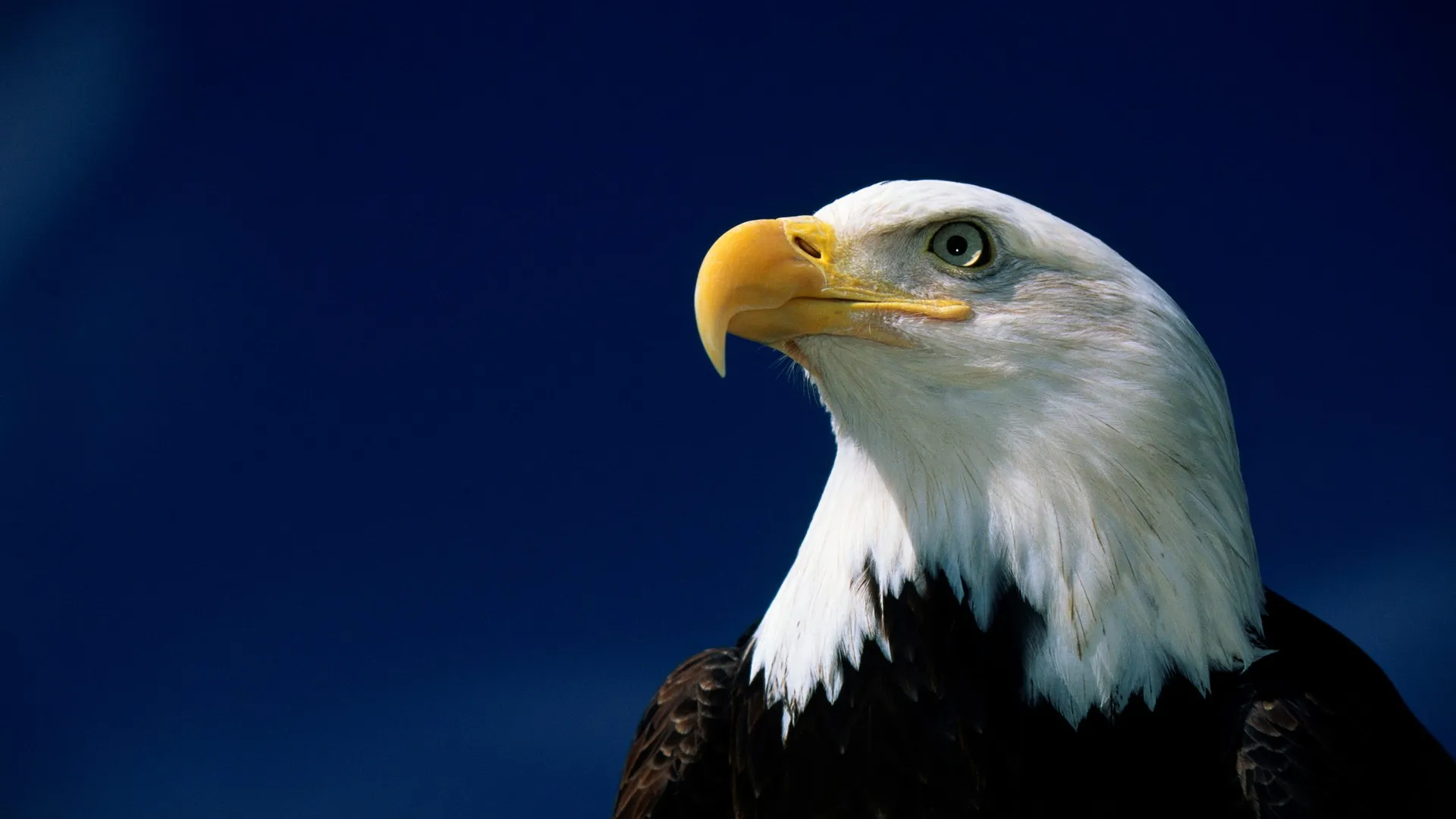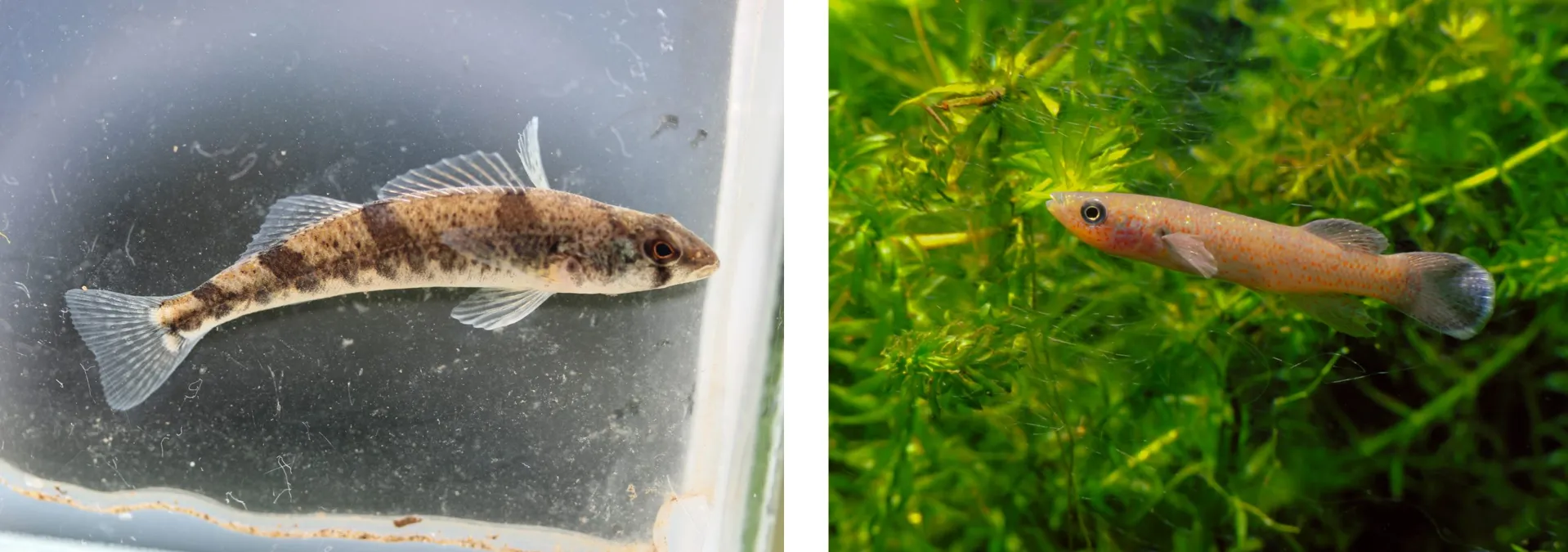Today is the tenth annual World Wildlife Conservation Day. This is a prime opportunity to raise awareness of the need to preserve and protect all Earth’s species, especially those imperiled animals that are classified as threatened or endangered.
For many species, listing as an endangered species is seen as the beginning of the end. In some cases, however — exceptions that are well worth celebrating — the attention brought to an animal and additional resources and protections conferred by an endangered classification can be an important stepping stone on the long path to recovery.


Since the passage of the Endangered Species Act of 1973, there have been dozens of success stories that showcase how an endangered designation is not necessarily a terminal diagnosis.
Many of the most celebrated examples of endangered species that have recovered include what scientists often describe as “charismatic megafauna,” animals whose size or appearance garner greater attention from the public. Examples of these celebrity endangered species alums include animals such as Giant Pandas, Gray Wolves, Bald Eagles, Grizzly Bears and American Alligators.
A few successful de-listed species, however, are smaller and — therefore — easier to overlook. Consider the Snail Darter, for example.
This unassuming, finger-long fish grabbed national headlines when it was listed as endangered in 1975 due to its possible extinction brought on by the construction of a controversial dam on the Little Tennessee River. Thanks to its relocation to other streams, additional protections conferred by its endangered status and improvements to river management and water health, the Snail Darter gradually recovered. This year, it was recommended for delisting by the U.S. Fish and Wildlife Service.
World Wildlife Conservation Day is a prime opportunity to tout this incredible success story, decades in the making, but it also highlights the continuing struggle for survival of those species whose prospects remain uncertain.
In October 2019, another resident of southeastern streams, the Barrens Topminnow, swam its way onto the list of endangered species. Like many animals, the few streams it resides in south-central Tennessee have degraded, reducing its population to the point that human intervention became necessary to stave off extinction. The Aquarium joined that effort in 1998. Over the years, tens of thousands of Barrens Topminnows have been raised and reintroduced by the Aquarium and its partners in the Barrens Topminnow Working Group, but the Barrens Topminnow’s endangered status remains.
So as you raise a glass today to toast the un-endangered Snail Darter, take a moment to consider the Barrens Topminnow and more than 16,000 other animals classified by the International Union for Conservation of Nature as endangered. For every animal that claws its way back from the brink, far too many slip ever closer to the edge.

